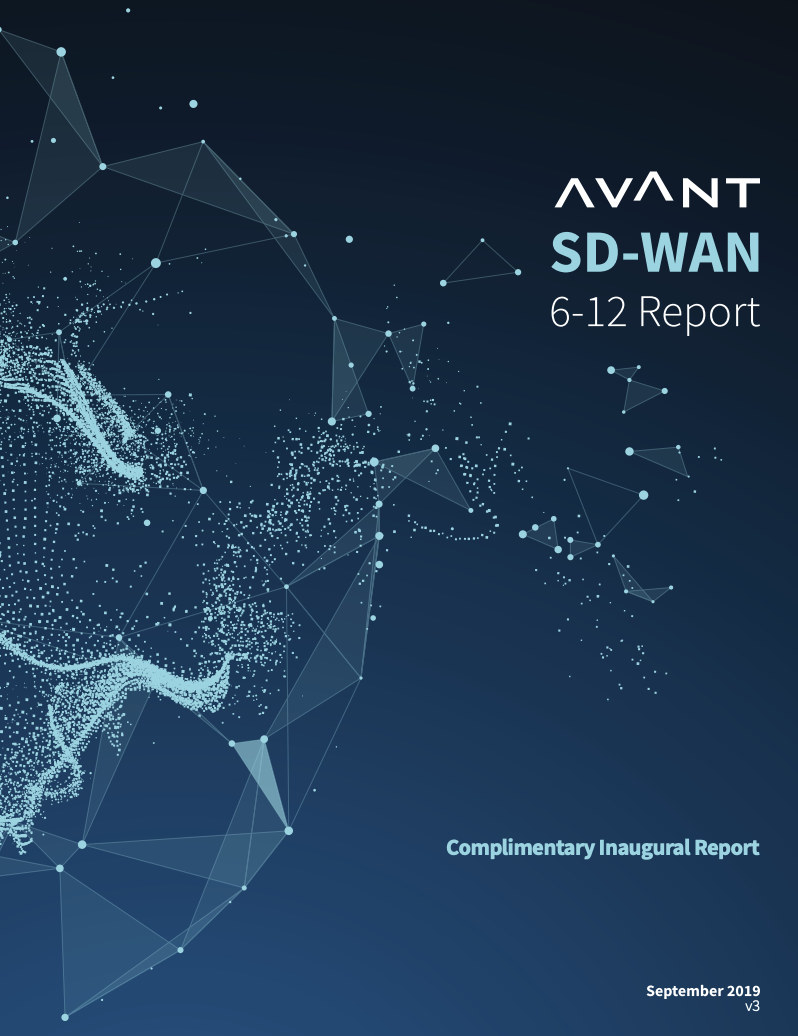The first step to creating the cost savings that your organization needs to realize from your telecom services is a full audit of all existing telecom and network contracts on a global basis. This audit allows us to see things that may have been missed or forgotten over the life of the contract. These are things like:
- Contracted services. When reviewing contracts, one of the first things we note is exactly what services are promised in the contract. An easy way to start identifying telecom cost savings is by figuring out what you are paying for if you need it, and if you are receiving it.
- Expiration dates. Some service providers include evergreen clauses in their contracts that state if no action is taken, the contract automatically renews. By noting expiration dates, we are able to make sure contracts that need to be canceled are canceled. Identifying evergreen clauses also allows us to bring services to your attention that you may not realize you’re paying for anymore.
- Out-of-date services. If you contracted for specific services years ago, odds are they are now out-of-date due to the rapid technological progress in the telecom field. Understanding the services you are paying for, and the alternatives now available, can help you streamline them to lower your bottom line.
- Expired services. There’s a better than a good chance that if your internal IT team discontinued service or product, and the contract associated with that service was never renegotiated, you are still paying for that service. A contract audit can reveal these kinds of issues.
- Other contractual obligations, such as SLAs. A contract audit can also reveal ways to save money through SLA credits or other clauses built in to provide restitution for poor service.
This clear view of your contractual objectives and delivered services allows the creation of an assessment that either:
- provides a strategy for migration to less expensive and more robust technology or
- allows for renegotiation and lowered costs for currently installed services.
Either of these documents will be the foundation of the cost savings process moving forward.
At BlackFin Square, we have also found that this audit process allows us to create a baseline expense model for telecom spend that can then be used to compare multiple provider solutions and foundational costs. This financial comparison between providers is a great executive tool that easily shows opportunity costs, proposed savings, migration costs, and an install base. It can also be used to establish fiscal year budget baselines.
No matter what your second step is in the process of lowering your telecom spend, a contract audit absolutely has to be the first step. It’s the only guaranteed way to know exactly where your telecom and network dollars are going and whether those places are the best places for those dollars to be spent.
Learn more about how you could be saving big on your telecom services!















